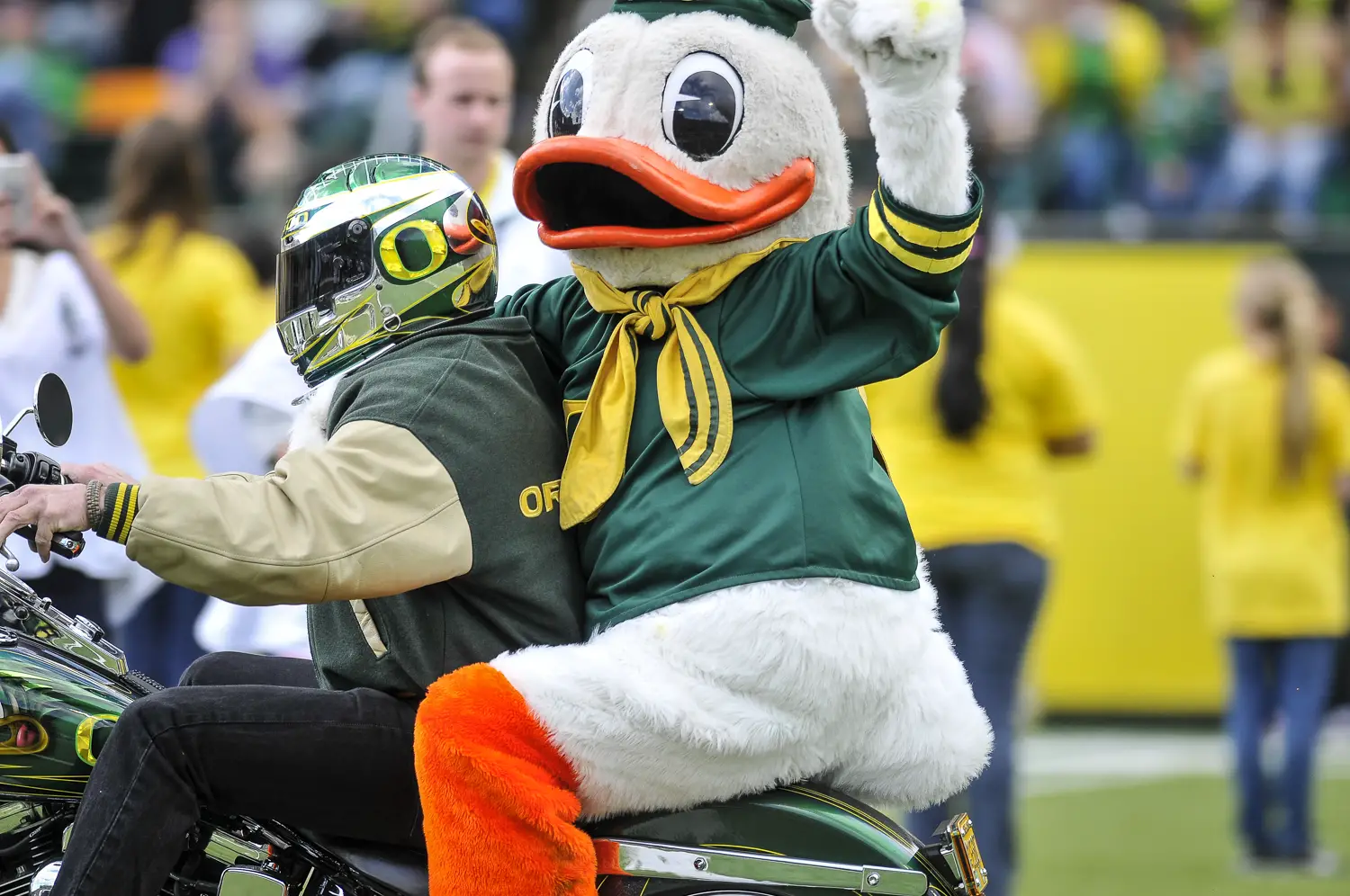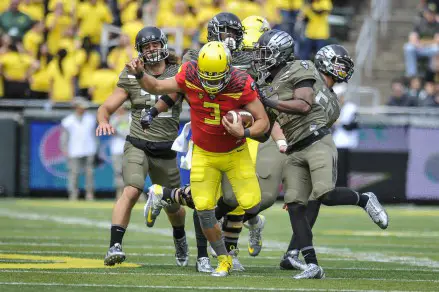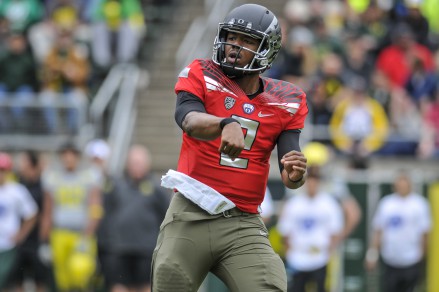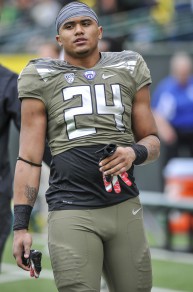I’ve said that the success of a collegiate football program is directly related to how well their program can recruit highly talented athletes who fit the program; then some of the rest is coaching. Obviously, over the past decade, the Southeastern Conference has seen the most success in national championships and is viewed as the conference to beat. In addition to the first SEC loss in the championship game this past January, LSU lost to another SEC program in 2012. Prior to Auburn’s loss to Florida State, the SEC dominated the championship game for seven years straight. When you look at their recruiting success, this is definitely not a surprise.
Most things in life go through cycles and change all the time. Look at clothing or music. How many times are we going to wear bellbottom jeans? Popular things today don’t stay popular forever. The most significant music in the 1970s was disco. New wave music gave us some chart toppers in the 1980s. And we all remember when grunge became popular in the 1990s.
Even though we see some of the music come back later in different forms, it still changes. I see football not being any different. Currently, the SEC is what is popular, but I can see a trend for the Pac-12 becoming popular in the future – to change things like Cabbage Patch Kids changed dolls or stone-washed jeans became the fad of the year.
When it comes to the top 100 high school athletes in the nation, no other conference snatches them away from everyone like the SEC. With six major conferences vying for the top talent in the country each year, I wanted to know how the conferences measured up to the SEC.
So, I went back to 2002 on 24/7, Scout and Rivals to find out. To be honest, after I tallied the haul that the SEC acquired each year, I didn’t even bother counting up the rest of the conferences and their seemingly pathetic top-ranked successes.
I found that Scout has consistently ranked many southeastern athletes more evenly than the other two sites, except for 2003 and 2004 when Rivals had the SEC having its lowest percentage of the top 100 blue-chippers.
Besides the fluke 17 percent that Scout had the SEC from the top 100 football players in 2008, not a single site had the conference with less than 23 percent.
That is almost a quarter of the best 100 football athletes choosing to go to the same conference and leaving the other five conferences fighting for the remaining three quarters.
Among the most amazing stats I discovered was that 2013 and 2014 were the most successful recruiting years for the SEC with the lows from Scout being 37 percent both years and the other two sites with numbers closer to 38, and up to 46 by 247 for 2014. Are you kidding me? Almost half of the most elite 100 athletes picking one conference! The SEC is proving to be the “New Wave” of the 2010s.
To add another light to this statistic: Kentucky, Vanderbilt, Mississippi State, and Missouri get so few of these top 100 guys that, essentially, there are nine to 10 schools that are hoarding roughly 40 percent of the blue chippers of the nation. So, is it really a surprise that four of those teams that collect so many superior athletes have won seven of the last eight national championships? This is where I would normally add my sarcasm about the vote on keeping the SEC’s conference games at eight instead of nine and about how each school should seek out more competitive competition in the major conferences in non-conference play to show off all those stellar athletes that it monopolizes, but I will refrain.
I only mention the above information to emphasize how far Oregon has to go to compete in the recruiting realm in this SEC-dominated era of college football. Currently, 24/7 composite rankings has the Pac-12 with eight of the top 100 football players while the SEC has 19.
Alabama (10) alone has more top 100 guys verbally committed than any other conference combined. In comparison, Oregon would have a dream recruiting season if it landed half of the amount Alabama has already, with over eight months to go until signing day and become the “hip-hop” of the ’00s that groove into the ’10s.
The hardship that Oregon faces this year regarding their recruiting is that there is so much depth of talent on the west coast that would show interest in Oregon, but not many scholarships are available for the class of 2015. There are 13 seniors on the roster going into the fall with scholarships. It is assumed that Marcus Mariota will forgo his senior year after the 2014 season to take his talents to the NFL and open up one more spot.
Jake Rodrigues and Damion Hobbs have announced their plans to transfer, opening up two more slots – now totaling 16 openings to fill the 84 scholarship limit that Oregon has — due to sanctions – this year. It is possible that Oregon may sign more players than the obvious 16-player limit, anticipating of a couple juniors departing early for the draft such as Tyler Johnstone or Arik Armstead, if either has a huge breakout year, as anticipated.
The strength of the Pac-12 and the annual recruiting efforts are improving and have gotten better the last couple years. USC is always good. Stanford has been bringing in talent from across the nation for several years. UCLA and Oregon have recently surged with the east coast elite players. Now, with newer coaches in all four Arizona and Washington programs, those schools will continue to get better with the talent they bring in.
Welcoming Taj Griffin to Eugene from Georgia is a great start for Oregon, by luring elite talent from SEC territory and bringing them to the Pac-12. The fans are begging us to get Byron Cowart away from Florida, which could be a game-changer. There are other elite blue-chippers from Florida, Georgia and Texas that will help close that huge gap of recruiting superiority.
Coach Helfrich has a good start in terms of quality this cycle and should finish strong for the 2015 recruiting class. Just like clothing, toys and music, football recruiting is trending away from the SEC being able to stay at the top forever.
As Oregon keeps improving the talent it brings in each year, the gap is bound to close. Whether you believe it or not history has its way of coming back around.
Top photo by Kevin Cline
Related Articles:
Chip Kelly Update: Everything's Good Again ...
Chip Kelly Update: Wailing and Gnashing of Teeth
Shock and Awe -- The Oregon Ducks' Football Hangover Effect
Despite Lopsided Score, Georgia State "Never Stopped Believing"
Hope Springs Eternal for Ducks
Incompetent Pac-12 Officials: How Do You Miss ALL of THIS?
Jason, born and raised in central Oregon, first noticed college football when his older brother attended the University of Oregon. Jason studied English at Southern Oregon University and enjoyed cheering for the school’s team, but longed for that major college game-day experience. That desire slowly blossomed into a fanatical passion for the national feel of college football, especially defending the Pac-12 while challenging conferences like the SEC to step up. He has spent five years expounding on the differences between the two conferences on his blog, buzzbrother2-pac10football.blogspot.com, set up solely for that purpose. Following the Ducks’ recruiting progress in the off-season has made college football a year-round hobby for him. He now resides in Spokane, Washington with his incredibly patient, non-football-fan wife and three children, and works as an MRI Technologist. He can be reached at buzzbrother2@msn.com.




